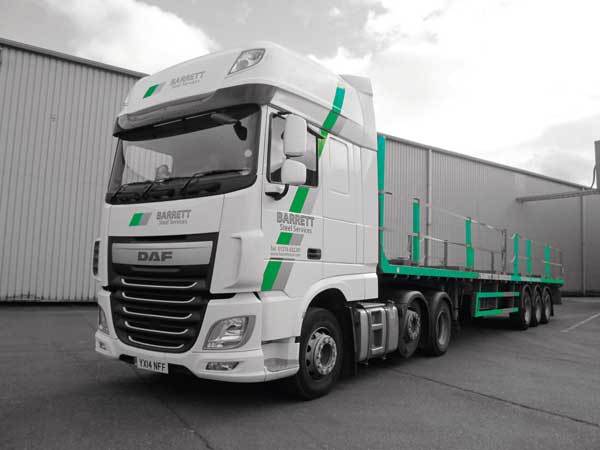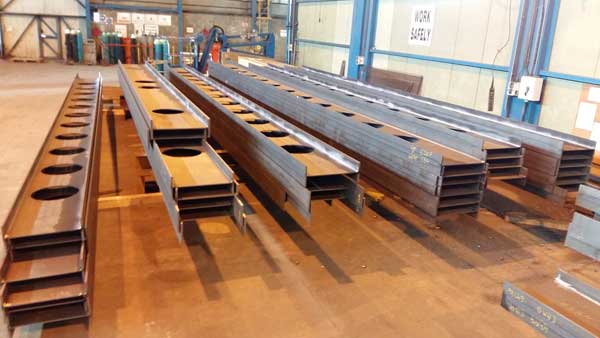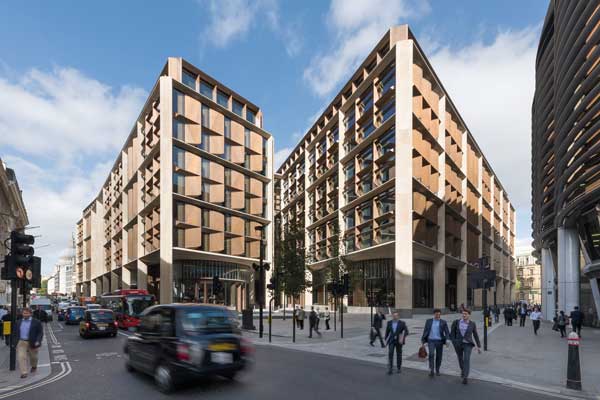Projects and Features
High-performance solution
In 2018, ArcelorMittal launched the Steligence® concept to facilitate the next generation of high-performance buildings and construction techniques for its customers.
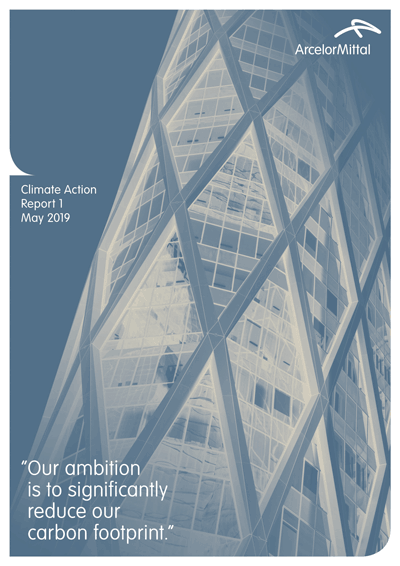 According to ArcelorMittal a holistic approach has been encompassed in the Steligence® concept which can help to deliver a broad range of thinner, lighter, high-performance steel solutions. Demonstrating the potential to reduce the embodied carbon footprint of a building by 38%, the Steligence® approach can also enhance a building’s flexibility and provide economic benefits. Considering the amount of global emissions which are caused by the built environment, the impact of Steligence® could be particularly significant.
According to ArcelorMittal a holistic approach has been encompassed in the Steligence® concept which can help to deliver a broad range of thinner, lighter, high-performance steel solutions. Demonstrating the potential to reduce the embodied carbon footprint of a building by 38%, the Steligence® approach can also enhance a building’s flexibility and provide economic benefits. Considering the amount of global emissions which are caused by the built environment, the impact of Steligence® could be particularly significant.
Steligence ® is supported by a White Paper which can be downloaded from https://steligence.arcelormittal.com/en/benefits#white_paper_section. This independent White Paper outlines the science-based approach taken by Steligence® to compare building construction options with respect to their impacts on the environmental, economic and social domains of sustainability.
Sustainability is a broad concept, the Steligence® assessment methodology chose to focus on BREEAM, LEED, ISO21292, CEN TC350 and the FP7 Superbuildings Project to produce 17 KPI’s against the three main impact domains of environmental, economic and social.
These KPI’s include operational energy, consumption of natural resources, emissions, end of life, speed of construction, thermal and acoustic comfort and design for flexibility. Full Life Cycle Assessments (LCA) from manufacture to use to disposal and recycling, and Life Cycle Cost Analysis (LCCA – the cost of an asset through its life-cycle) support many of the KPI’s.
Key comparisons from the Steligence® White Paper when comparing a typical eight-storey office building in Europe:
- Floor-to-floor heights are reduced by 30% and column-free flexibility is achieved with steel solutions when compared with concrete alternatives.
- Overall building height is reduced by 2.7m and cladding costs are reduced by 11% for steel-framed solutions.
- Building weight is reduced by 50% resulting in a 34% cost saving for foundations whilst providing sustainability benefits by using steel solutions.
- The environmental footprint of the building is reduced by 16% in the steel solution, global warming potential is reduced by 22% and acidification potential by 27%.
- Speed of steel construction accounts for a 24% saving with site traffic reduced by up to 30%.
- BREEAM and LEED, three extra points can be achieved for both BREEAM and LEED achieving the highest rating in each scheme.
- Total costs of building ownership, taking into account all economic benefits, are at least 15% less than when using traditional materials, when all components of the concept are applied.
UK construction is acknowledged as being a steel intensive sector with many years of successful market development. Steligence® builds upon these advances and confirms many known benefits of steel construction whilst advancing the understanding of others. However, its eye is very much on the future, giving direction to ArcelorMittal’s construction activities and steel construction’s solutions for future global climate needs.
ArcelorMittal publishes first Climate Action Report
ArcelorMittal has published its first Climate Action Report in which it announces its ambition to significantly reduce CO2 emissions globally and be carbon neutral in Europe by 2050.
To achieve this goal ArcelorMittal is building a strategic roadmap linked to the evolution of public policy and developments in low-emissions steelmaking technologies. A target to 2030 will be launched in 2020, replacing ArcelorMittal’s current target of an 8% carbon footprint reduction by 2020, against a 2007 baseline.
The report explains in greater detail the future challenges and opportunities for the steel industry, the plausible technology pathways ArcelorMittal is exploring as well as its views on the policy environment required for the steel industry to succeed in meeting the targets of the Paris Agreement.
As one of the world’s most prolific materials, with 1.7 billion tonnes of steel produced in 2018, the steel industry today accounts for approximately 7% of global emissions. With demand for steel and materials set to further increase – forecasts show demand rising to 2.6 billion tonnes in 2050. It is vital the industry finds ways to significantly reduce its carbon emissions to successfully meet the ambitions of the Paris Agreement and help limit the global average temperature rise to less than two degrees.
At present carbon is used as a reductant in the blast furnace to separate oxygen from iron ore as a critical part of the steelmaking process. Significantly reducing the emissions footprint of steel will, in all likelihood, require a fundamental change in the science of steelmaking.
ArcelorMittal recognises it has a leading role to play in developing breakthrough technologies that will support and enable a global transition to a low-carbon economy and has identified three distinct pathways that have the potential to deliver a significant reduction in carbon emissions.
These are:
- Clean power steelmaking, using clean power as the energy source for hydrogen-based steelmaking, and longer-term for direct electrolysis steelmaking;
- Circular carbon steelmaking, which uses circular carbon energy sources, such as waste biomass, to displace fossil fuels in steelmaking, thereby enabling low-emissions steelmaking;
- Fossil fuel carbon capture and storage, where the current method of steel production is maintained but the carbon is then captured and stored or re-used rather than emitted into the atmosphere.
ArcelorMittal believes that all three pathways offer significant emissions reduction potential which are aligned with science-based targets and is currently testing various technologies across all three pathways in its European operations.
To support this, ArcelorMittal recommends:
- A global level playing field is needed to maintain the competitiveness of low-emissions steelmaking and to avoid the risk of carbon leakage, for example, through green border adjustments;
- Access to abundant clean energy at affordable prices will be key to be able to scale up low-emissions technologies;
- Facilitating necessary clean energy infrastructure will be needed to advance large-scale implementation of low-emissions technologies;
- Access to sustainable finance in order to accelerate and roll out technology development;
- Accelerate transition to a circular economy by incentivising the use of waste streams as inputs in manufacturing processes.
ArcelorMittal’s Climate Action Report is available for download at http://corporate.arcelormittal.com/sustainability/arcelormittal-climate-action-report.
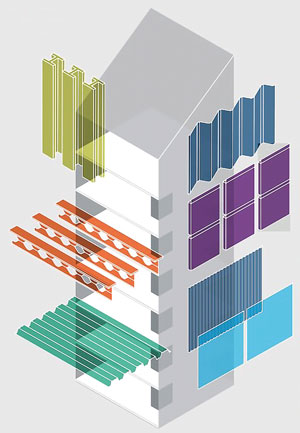
Some of the ArcelorMittal products used and referenced in the Steligence® White Paper include:
Angelina®: A new generation of castellated beams for sustainable structures which are lightweight, long-spanning, structural elements enabling the design of large column-free spaces.
HISTAR® and heavy “Jumbo” rolled sections, have high strength and low alloy content, offering considerable weight, cost and sustainability savings with a CE Mark.
Magnelis®, an innovative metallic coating offering protection in the harshest environments and up to a 25-year guarantee; suitable for a wide range of structural applications, including façades, composite decking, purlins and side rails.
Estetic® BioAir an innovative pre-painted steel made with 100% bio-sourced resin, designed specifically for indoor use. Estetic® BioAir has low levels of volatile organic compounds (VOCs), improves indoor air quality and is free of chromates and heavy metals.
 ArcelorMittal is a
ArcelorMittal is a
headline sponsor of
Steel for Life








